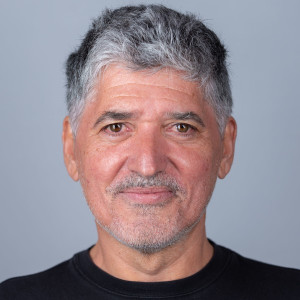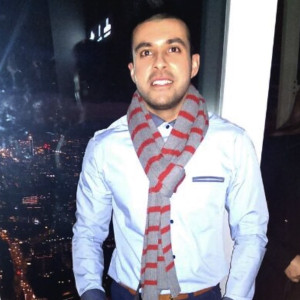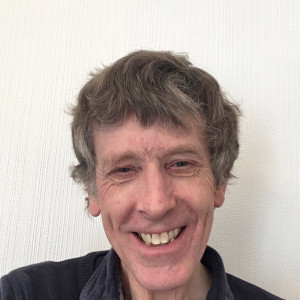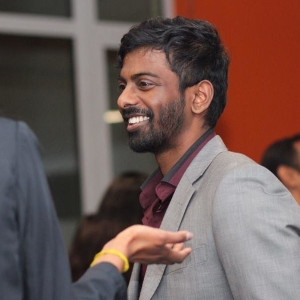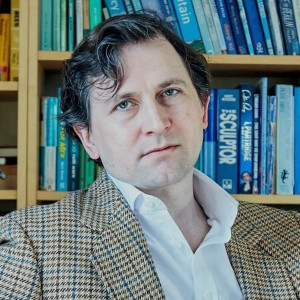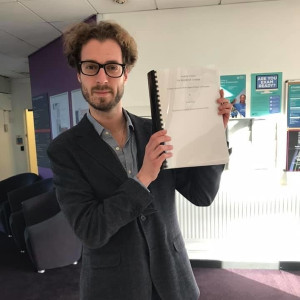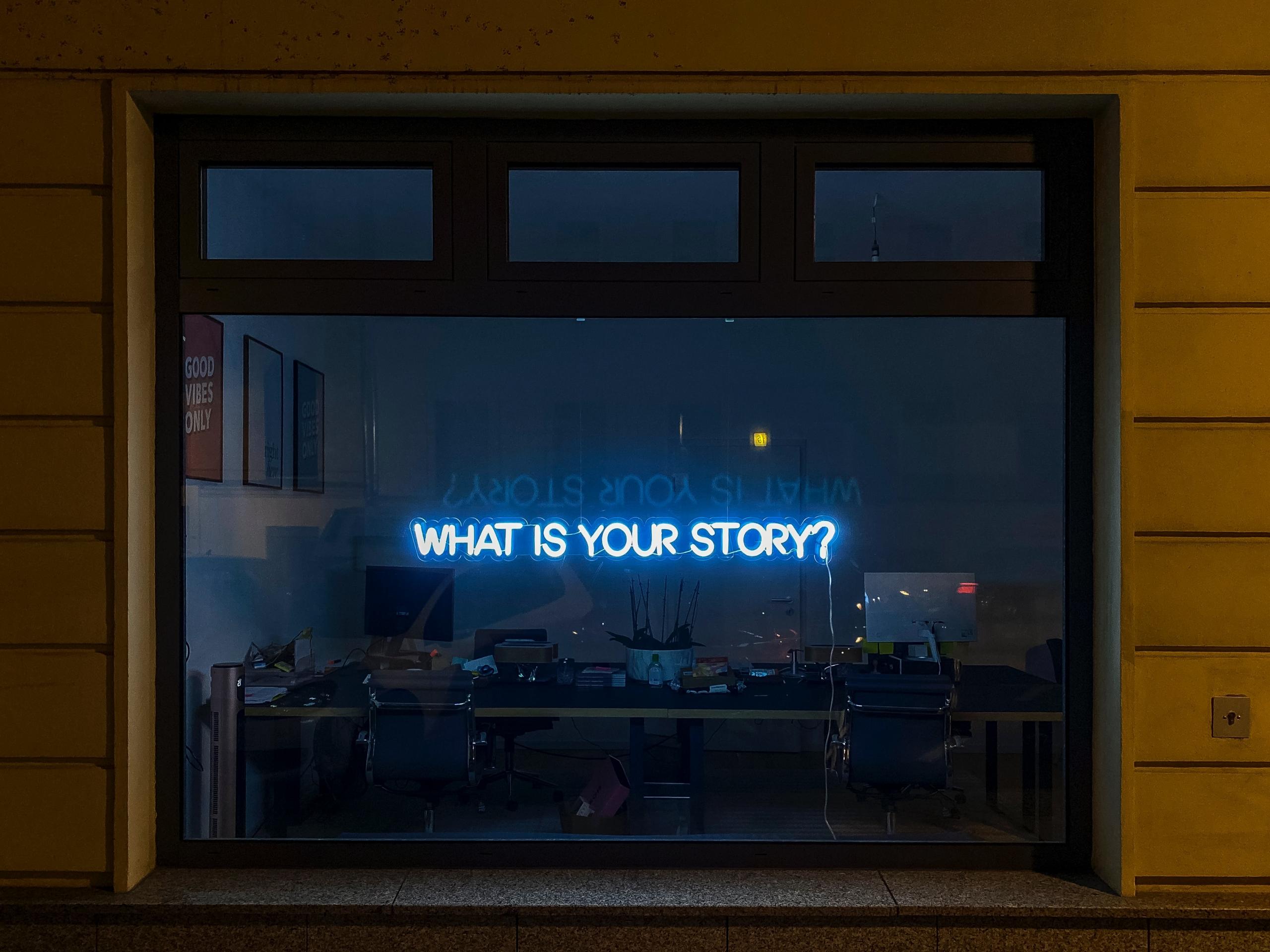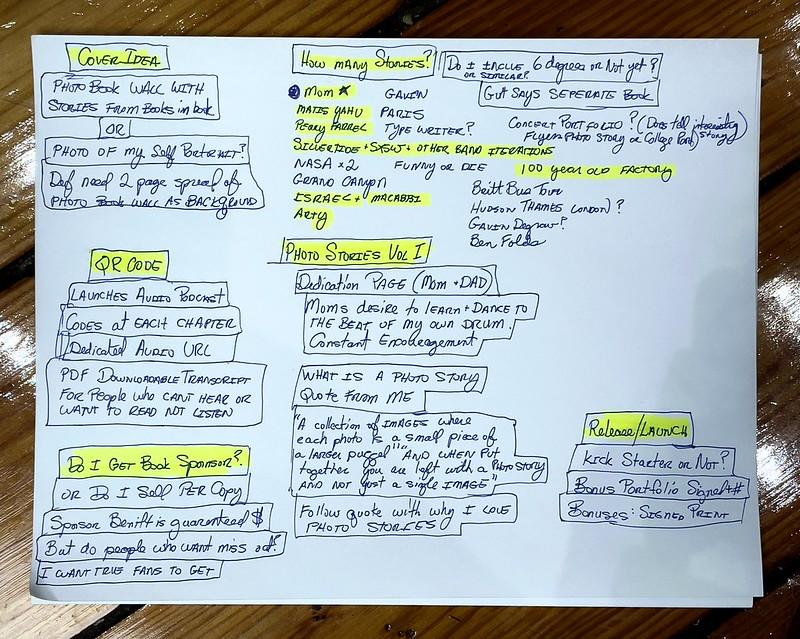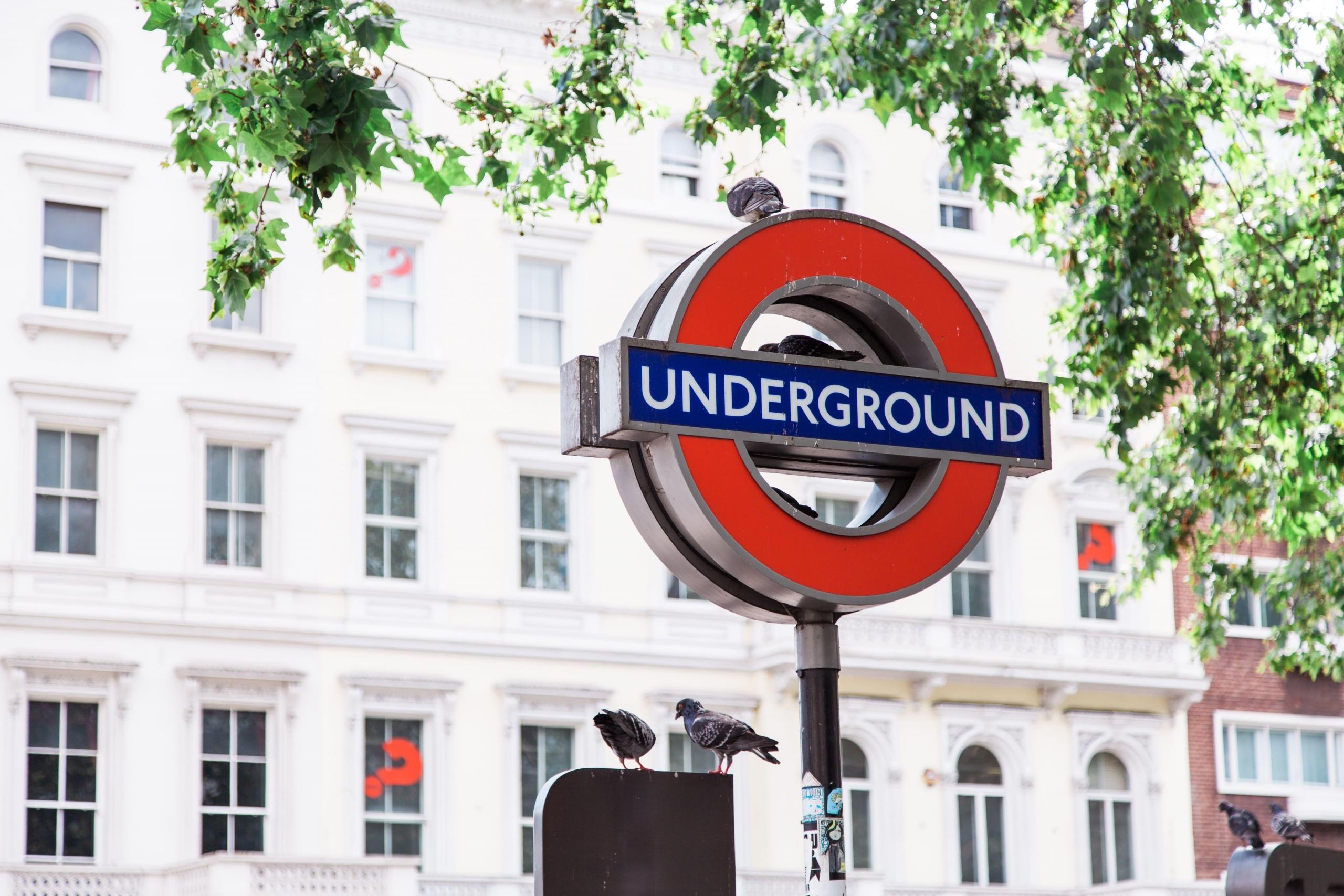Chapters
Don't you find it odd that some of our most stirring works - songs, poems and literature, are born of despair? Today, few would clamour for war, let alone think that battle is glorious. Of course, shielded as we are from the horrors of war, we only have academic knowledge of how devastating it truly is. We hardly ever see broken bodies, only shelled buildings. Off those visions, we base our opinions.
In a sense, you might say that Alfred Lord Tennyson foreshadowed Ofcom's role. He describes the battle in great detail but leaves off the exact number that didn't succumb. And he doesn't describe how they fell. Instead he
- uses speech to memorialise a battle scene
- creates imagery through judicious phrasing
- uses rhythm to cast the mood
- employs repetition to create the battle's urgency
Alfred Lord Tennyson led a rather privileged life. He grew up safe in the rectory where his father preached. His family was well-to-do, with landowning status. He was educated at Cambridge (but didn't graduate). His family's status, along with early successes in poetry no doubt helped to secure his placement there. What would such a man know of war?
Working with an English tutor can help you to better understand the GCSE poem analysis section.

The Charge of the Light Brigade Overview
Tennyson wrote The Charge of the Light Brigade after reading a newspaper report about the Battle of Balaclava in 1854. At the time Britain and France were at war with Russia. They were fighting over control of Crimea, the same region that Russia controversially re-occupied in 2014. The Crimean War was one of the first wars in which the public was able to read regular updates in the newspaper. The newly-developed electric telegraph network made this feat possible.
For the first time ever, journalists were sent to report on the events as they happened. This record shows that, on the 25th of October 1854, 670 cavalrymen and officers were given an ambiguous order. They were to attack Russian troops whose position was reinforced with cannons. Tennyson relates how the cavalry (the ‘Light Brigade’) attacked, showing heroic bravery and discipline, despite severe artillery fire from three directions. They failed to defeat the gunners. Having lost more than two hundred men - to capture, wounds or death, they were forced to retreat.
Find an English tutor here on Superprof.

The Charge of the Light Brigade by Alfred Lord Tennyson
1.
Half a league, half a league,
Half a league onward,
All in the valley of Death
rode the six hundred.
"Forward, the Light Brigade!
"Charge for the guns!" he said:
Into the valley of Death
Rode the six hundred.
2.
"Forward, the Light Brigade!"
Was there a man dismay'd?
Not tho' the soldier knew
Someone had blunder'd:
Theirs not to make reply,
Theirs not to reason why,
Theirs but to do and die:
Into the valley of Death
Rode the six hundred.
3.
Cannon to right of them,
Cannon to left of them,
Cannon in front of them<
Volley'd and thunder'd;
Storm'd at with shot and shell,
Boldly they rode and well,
Into the jaws of Death,
Into the mouth of Hell
Rode the six hundred.
4.
Flash'd all their sabres bare,
Flash'd as they turn'd in air,
Sabring the gunners there,
Charging an army, while
All the world wonder'd:
Plunged in the battery-smoke
Right thro' the line they broke;
Cossack and Russian
Reel'd from the sabre stroke
Shatter'd and sunder'd.
Then they rode back, but not
Not the six hundred.
5.
Cannon to right of them,
Cannon to left of them,
Cannon behind them
Volley'd and thunder'd;
Storm'd at with shot and shell,
While horse and hero fell,
They that had fought so well
Came thro' the jaws of Death
Back from the mouth of Hell,
All that was left of them,
Left of six hundred.
6.
When can their glory fade?
O the wild charge they made!
All the world wondered.
Honour the charge they made,
Honour the Light Brigade,
Noble six hundred.
Aspects of The Charge of the Light Brigade
Tennyson was Poet Laureate at the time of this writing; he was at the height of his career and popularity. He later told how he had read the news about the Battle of Balaclava in the Times. According to him, the phrase 'Someone had blundered' established the rhythm. Indeed, the entire poem coalesced around that single line. He started writing. The end result was a single effort, jotted off in a few minutes.
He was used to producing 'occasional' pieces of verse to mark important events. On this occasion, he wanted to pay respect to the military personnel who had lost their lives. This makes The Charge of the Light Brigade partly an unusual elegy as well as an excellent narrative poem. It remains popular in performance. In fact, Tennyson himself made an early recording of the poem in 1890, which survives. Just don't expect great quality when you listen to it.
Contrast that with the darkness of Porphyria's Lover. Both poems are based on actual events but Tennyson' takes a triumphant tone despite the losses incurred. Unfortunately, he doesn't explore The Brigade's lives beyond the battle. We're left to wonder what happened to them. Read on to find out how another poet remedied that omission.
Browse for an English tutor near me to get one-to-one private tutoring.

Speech
Tennyson includes speech as part of his poem, He asks rhetorical questions, giving a strong impression of his own perspective and then gives direct instructions (using a repeated imperative verb, 'Honour…!'). This means that the poem is always associated with him as a poet, and it did become one of his most famous pieces. Just short enough to memorise and exciting and patriotic enough to teach to children. You might compare it to another of his very successful military pieces, 'The Revenge - A Ballad of the Fleet'
Imagery
There is relatively little imagery used, but what Tennyson does choose are powerful, 'heavy' phrases. The 'valley of Death' is an echo of biblical language, specifically the 'valley of the shadow of death' in Psalm 23. This borrows the serious tone of religious language as well as the morbid reference in describing the actual valley that the cavalry rode through.
He describes their destination as the 'jaws of Death', implying the jaws of a trap or monster. He follows the concept of a terrible mouth ready to chew everything up with the phrase 'mouth of Hell'. Strangely enough, Shakespeare also invokes oral analogies in Blow, Blow, Thou Winter Wind, but far less menacingly.
Form
You can't read The Charge of the Light Brigade without quickly noticing its powerful rhythm. You might find it reminiscent of horses' hooves or military drums. It changes pace and pattern through the stanzas and between the lines, deepening the impression of footfalls. Note that this poem is written in front-stressed meter - either trochees or dactyls. Unlike the majority of English poetry which is written in iambic or 'rising' meter.
Front-stressed patterns start with a heavy beat (like 'Boldly' or 'Alphabet'). This pattern can help a poem sound rhythmically regular even when the number of syllables changes. Longfellow's Hiawatha is another important 19th-Century poem that used front-stressed (or 'falling') meters. You might notice some similarity in tone when you read it.
Repetition is absolutely key to making this rhythm work. Having a relentless forward motion that mimics the charge of the cavalry is vital, too. Each time Tennyson lists the positions of the cannon, he builds the idea of the surrounding groups of artillery. This makes them seem overwhelming and omnipresent.
The Charge of the Light Brigade has 6 stanzas of varying length. Tennyson did not create a fixed shape but wrote quickly, lengthening and shortening his verses. He uses this technique to emphasise the ideas and words he wanted at the forefront of his reader's mind. He certainly succeeded. With just a few minutes' work, he managed to create something that has been quoted for more than 150 years and has helped shape British culture.

Beyond The Charge of the Light Brigade
This work went through several edits and revisions. When it was first published, the American poet Frederick Goddard Tuckerman criticised it so heavily that Tennyson felt a rewrite was in order. He published the updated version in his volume Maud and Other Poems, in 1855. That was his first published collection since becoming poet laureate (in 1850).
He may have felt that, with such a title shielding him, he wouldn't have to endure harsh criticism. Unfortunately, plenty of poetry lovers liked the first version of The Charge just fine. They berated him mercilessly for not standing by his original work, among other reasons. Perhaps Tennyson felt those critics were right.
As the war raged, Jane, Lady Franklin suggested that Tennyson make copies of his poem available to the soldiers fighting there. Before ordering a thousand-copy printing, he revised the poem yet again. Presumably satisfied with it at this point, Tennyson shipped the leaflets out. The thrice-updated work appears in the second edition of Maud and Other Poems, published in 1856.
Thirty seven years later, Rudyard Kipling felt compelled to pen the story's postscript. He wanted to call attention to the British government's shameful negligence towards the Crimean war veterans. His poem, The Last of the Light Brigade, shines a light on the hardships those men faced. But Kipling's poem is not simply a case of picking up where Tennyson left off.
The Last of the Light Brigade describes 20 survivors of that terrible war reproaching Tennyson for not writing a sequel. "No, thank you, we don't want food, sir; but couldn't you take an' write | A sort of 'to be continued' and 'see next page' o' the fight?" Kipling cleverly weaves in elements of Tennyson's work, including the phrase that inspired the original poem. "We think that someone has blundered, and couldn't you tell 'em how?"
Lord Byron's When We Two Parted includes the line "I hear thy name spoken, | And share in its shame.". It wouldn't be much of a stretch to assume that Kipling felt ashamed at how Crimean war veterans were treated. Why only heap glory on the battle when it's the men who fought?



